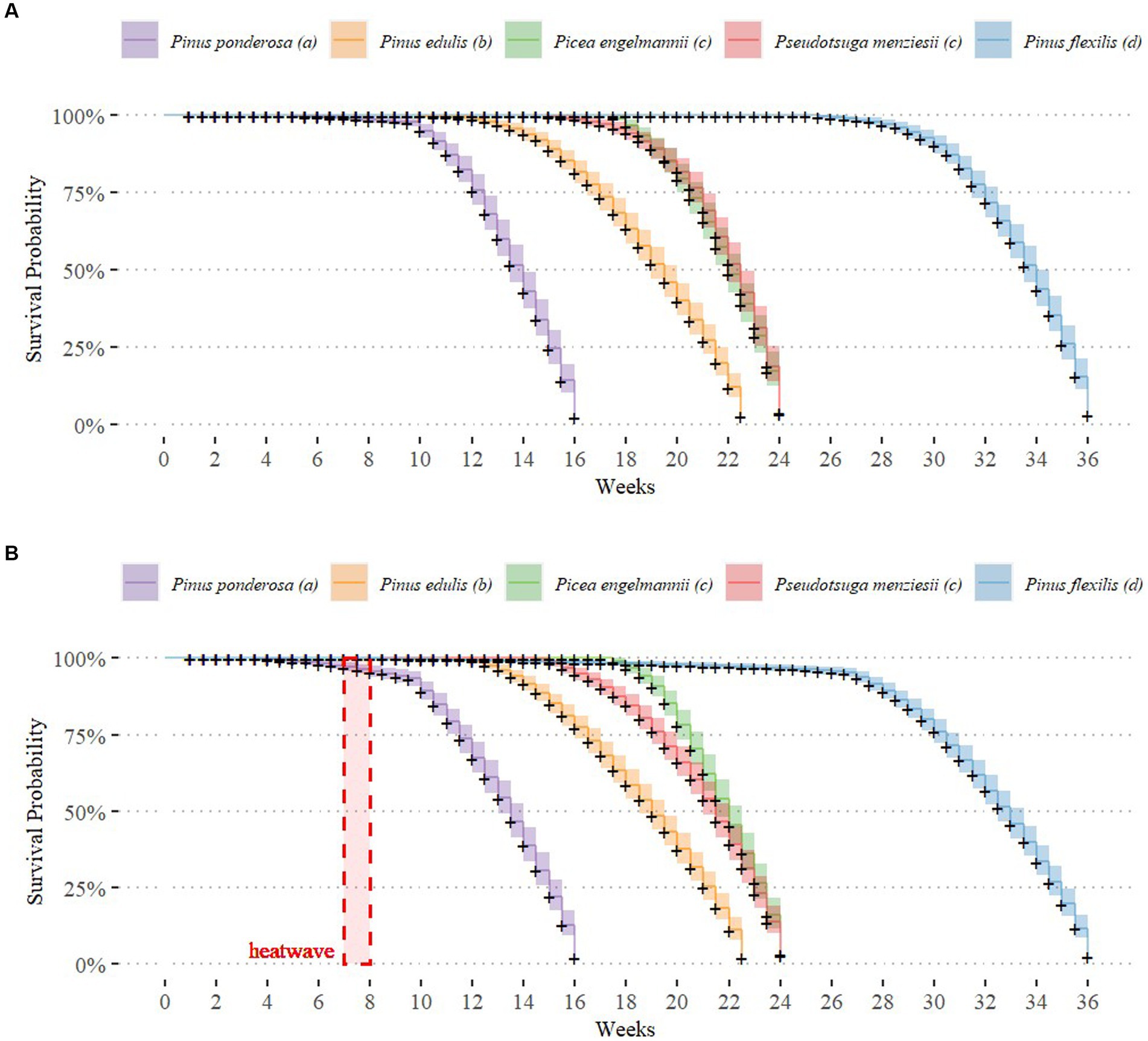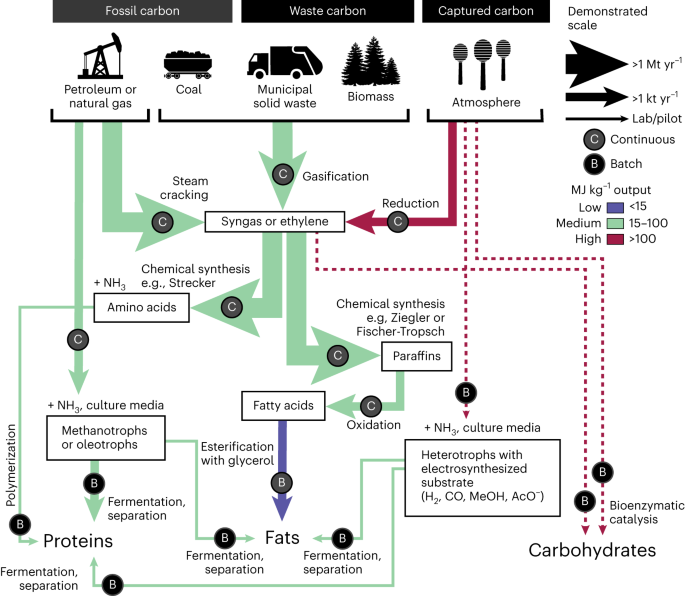2023-11-03 アリゾナ大学
◆彼と研究チームは、異なる木の種が長期の干ばつと高温にどのように対応するかを調査し、木の種によって異なる耐干ばつ性があること、そして予想以上に高温に対する耐性があることを発見しました。この研究は、将来の森林の成長モデルを改善するために重要であり、大規模な枯死事象後の新しい木の育成に関する森林管理に貢献します。
<関連情報>
- https://news.arizona.edu/story/kids-arent-alright-saplings-reveal-how-changing-climate-may-undermine-forests
- https://www.frontiersin.org/articles/10.3389/ffgc.2023.1198156/full
干ばつと熱波に対する幼木の枯死閾値:景観勾配を越えた森林再生への影響
Mortality thresholds of juvenile trees to drought and heatwaves: implications for forest regeneration across a landscape gradient
Alexandra R. Lalor, Darin J. Law, David D. Breshears, Donald A. Falk, Jason P. Field, Rachel A. Loehman, F. Jack Triepke, Greg A. Barron-Gafford
Frontiers in Forests and Global Change Published:12 October 2023
DOI:https://doi.org/10.3389/ffgc.2023.1198156

Tree loss is increasing rapidly due to drought- and heat-related mortality and intensifying fire activity. Consequently, the fate of many forests depends on the ability of juvenile trees to withstand heightened climate and disturbance anomalies. Extreme climatic events, such as droughts and heatwaves, are increasing in frequency and severity, and trees in mountainous regions must contend with these landscape-level climate episodes. Recent research focuses on how mortality of individual tree species may be driven by drought and heatwaves, but how juvenile mortality under these conditions would vary among species spanning an elevational gradient—given concurrent variation in climate, ecohydrology, and physiology–remains unclear. We address this knowledge gap by implementing a growth chamber study, imposing extreme drought with and without a compounding heatwave, for juveniles of five species that span a forested life zones in the Southwestern United States. Overall, the length of a progressive drought required to trigger mortality differed by up to 20 weeks among species. Inclusion of a heatwave hastened mean time to mortality for all species by about 1 week. Lower-elevation species that grow in warmer ambient conditions died earlier (Pinus ponderosa in 10 weeks, Pinus edulis in 14 weeks) than did higher-elevation species from cooler ambient conditions (Picea engelmannii and Pseudotsuga menziesii in 19 weeks, and Pinus flexilis in 30 weeks). When exposed to a heatwave in conjunction with drought, mortality advanced significantly only for species from cooler ambient conditions (Pinus flexilis: 2.7 weeks earlier; Pseudotsuga menziesii: 2.0 weeks earlier). Cooler ambient temperatures may have buffered against moisture loss during drought, resulting in longer survival of higher-elevation species despite expected drought tolerance of lower-elevation species due to tree physiology. Our study suggests that droughts will play a leading role in juvenile tree mortality and will most directly impact species at warmer climate thresholds, with heatwaves in tandem with drought potentially exacerbating mortality especially of high elevation species. These responses are relevant for assessing the potential success of both natural and managed reforestation, as differential juvenile survival following episodic extreme events will determine future landscape-scale vegetation trajectories under changing climate.



